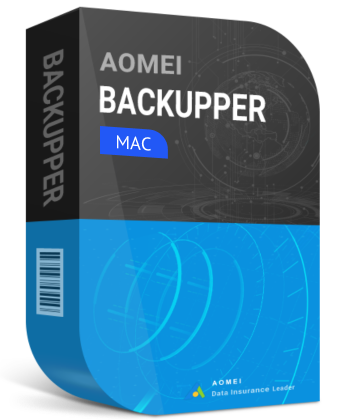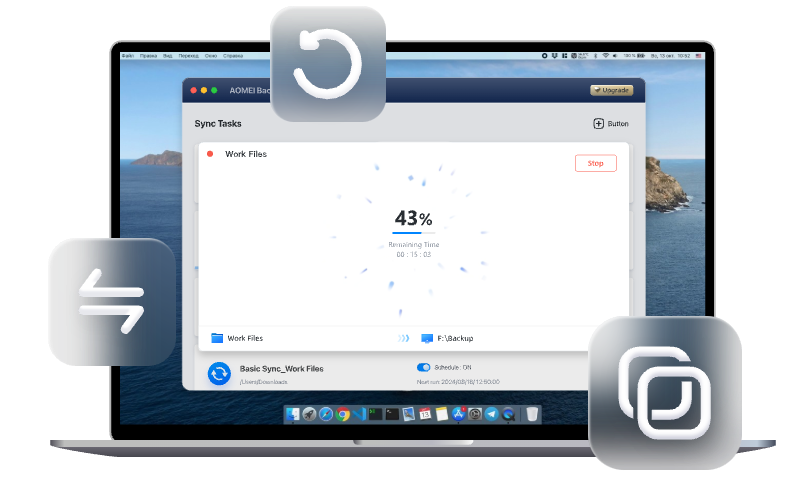How to Export Mailbox on Mac: A Step-by-Step Guide
If you want to export mailbox from Mac Mail, read this article to get a stepwise guide. This guide also shows you how to import exported mailboxes when needed.
Need to export mailbox on Mac
Whether you're using Apple Mail or other email clients, you may need to export mailboxes on your Mac for the following reasons:
✅ Data Backup
One of the primary reasons to export your mailbox is to create a backup of your emails. Regular backups ensure that you don't lose important emails in case of a system crash, accidental deletion, or any other unforeseen event.
✅ Migration to Another Email Client
If you're switching from one email client to another, exporting your mailbox can make the transition smoother. By exporting your emails, you can easily import them into the new client without losing any important messages or attachments.
✅ Archiving and Organization
Exporting mailboxes can also help in archiving old emails that you no longer need immediate access to but don't want to delete. This can help keep your main mailbox uncluttered and improve the performance of your email client.
👉 How to have Mac Mail export mailbox
👉 Supplement: How to import exported mailboxes
👉 Bonus: Best freeware to protect your Mac files👍
How to have Mac Mail export mailbox
In this part, I’ll show you how to have Mac Mail export mailbox with attachments/subfolders in detail. Please follow the steps below.
Step 1. Launch the Mail app on your Mac.
Step 2. Choose the mailbox you want to export from the sidebar. Then go to the Mailbox menu and choose Export Mailbox.
Note: You can also right click on the mailbox and choose Export Mailbox.
Step 3. Select the destination folder where the output files will be saved and click Choose. The exported mailbox will be saved as an .mbox file, which you can store, transfer, or import into another email client.
Note: You can also click New Folder in the bottom-left corner of the interface to create a new folder to save the output files.
Supplement: How to import exported mailboxes
If you want to import the .mbox file later, follow the instructions below.
Step 1. Open Mail and click File > Import Mailboxes from the menu bar.
Step 2. Check Apple Mail and click Continue.
Step 3. Navigate to the location of your .mbox file, choose the .mbox file you want to import and click Choose.
Step 4. The Mail app will begin importing your mailbox. Once the process is complete, you’ll have a new mailbox labeled Import in the On My Mac section of the left-hand sidebar.
Bonus: Best freeware to protect your Mac files
Apart from emails, there are other important data you should backup on your Mac, such as personal documents, photos, videos and music. Of course, you can backup files with Time Machine. Here I’d like to recommend the best free Mac sync software - AOMEI Backupper Mac to you. It enables you to sync files/folders from one location to another, which is also an effective backup strategy.

-
It is embedded with three sync types: Basic Sync, Mirror Sync and Two-Way Sync, catering to your different needs.
-
You are able to sync Mac files and folders to a local disk, USB flash drive, network location and NAS device, etc.
-
To keep files up-to-date in the sync destination, you can run automatic folder sync on Mac with the Schedule feature.
-
It is easy to use and supports macOS 10.15 or later.
Don’t hesitate to download AOMEI Backupper Mac and try it out! To sync Mac folders using AOMEI Backupper, click New Task in the main interface. Then, choose sync type > select sync source/destination. Finally, click Sync to run the task.
Conclusion
Exporting mailbox on Mac is a simple yet powerful way to manage your email data. Whether you're backing up important emails, migrating to a new email client, or archiving old messages, exporting your mailbox can help you achieve these goals efficiently.
To backup your important data to a different location, you can run free file sync on Mac with AOMEI Backupper. It stands out for its comprehensive features and ease of use, making it an excellent choice for reliable syncing. Just try it out!

